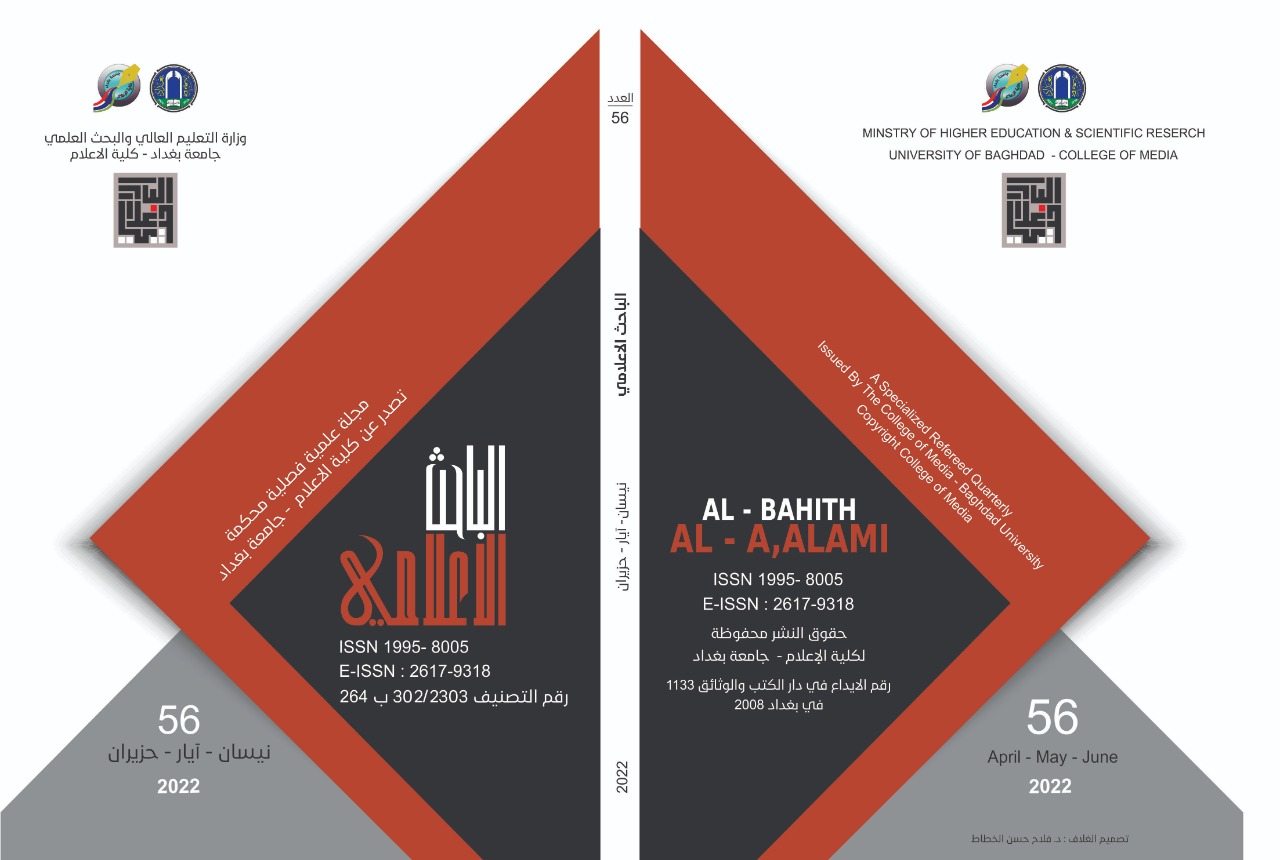Abstract
This paper offers a critical examination of Canadian news guidelines and policies on user-generated content (UGC) posted on news-related comment sections and social media.
The outline of how news-related UGC is moderated within Canadian news is achieved by looking at the online comment policies of major Canadian news organizations like.
the CBC, CityNews (Halifax), CTV News, Glacier Media, Global News, The Globe and Mail, Narcity Media, Postmedia, QUB (Québecor), and Torstar.
The policies highlight how Canadian news organizations have practical strategies to manage news-related UGC but also call upon positive and negative social principles, to flag ill practices, foster democracy, and fight against online hate speech and libel. The analysis shows how guidelines reflect many of the key principles highlighted in the literature review but make no reference to economic principles that are emphasized as important in academic and journalist concerns with moderating news-related UGC.
The outline of how news-related UGC is moderated within Canadian news is achieved by looking at the online comment policies of major Canadian news organizations like.
the CBC, CityNews (Halifax), CTV News, Glacier Media, Global News, The Globe and Mail, Narcity Media, Postmedia, QUB (Québecor), and Torstar.
The policies highlight how Canadian news organizations have practical strategies to manage news-related UGC but also call upon positive and negative social principles, to flag ill practices, foster democracy, and fight against online hate speech and libel. The analysis shows how guidelines reflect many of the key principles highlighted in the literature review but make no reference to economic principles that are emphasized as important in academic and journalist concerns with moderating news-related UGC.
Keywords
Canadian news media
freedom of speech
moderation polices
news organizations
racism
social media
user generated content
Abstract
يقدم هذا البحث فحصًا نقديًا لإرشادات وسياسات الأخبار الكندية بشأن المحتوى الذي ينشئه المستخدمون والذي يتم نشره في أقسام التعليقات المتعلقة بالأخبار ووسائل التواصل الاجتماعي. تم تحقيق وضع الخطوط العريضة عن كيفية إدارة تعديل المحتوى الذي ينشئه المستخدمون المرتبط بالأخبار الكندية من خلال النظر في سياسات التعليقات عبر الإنترنت للمؤسسات الإخبارية الكندية الكبرى مثل سي بي سي، ستي نيوز (هالفكس)، سي تي في نيوز، كلاشير ميديا، كلوبل نيوز، كلوب اند ميل، نرستي ميدي، بوستميديا، كيو يو بي، و تورستار. تسلط السياسات الضوء على الكيفية التي تمتلك بها المؤسسات الإخبارية الكندية استراتيجيات عملية لإدارة تعديل المحتوى الذي ينشئه المستخدمون المتعلق بالأخبار، ولكنها تدعو أيضًا إلى المبادئ الاجتماعية الإيجابية والسلبية، للإبلاغ عن الممارسات السيئة، وتعزيز الديمقراطية، ومحاربة خطاب الكراهية والتشهير عبر الإنترنت. يُظهر التحليل كيف تعكس المبادئ التوجيهية العديد من المبادئ الرئيسية التي تم إبرازها في مراجعة الأدبيات، ولكنها لا تشير إلى المبادئ الاقتصادية التي تم التأكيد عليها باعتبارها مهمة في الاهتمامات الأكاديمية والصحفية مع تعديل المحتوى الذي ينشئه المستخدمون المتعلق بالأخبار.
Keywords
الصحافة
المنظمات الإخبارية
حرية التعبير
سياسات الاعتدال
عنصرية
وسائل الإعلام الكندية
وسائل التواصل الاجتماعي
